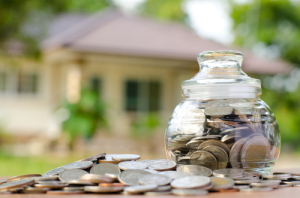 Property flipping — where people invest in buying a home only to fix up problems and quickly resell at a profit — is a healthy business practice, but one that is open to potential for abuse.
Property flipping — where people invest in buying a home only to fix up problems and quickly resell at a profit — is a healthy business practice, but one that is open to potential for abuse.
Many flippers attempt to push properties that they haven’t done much work on. Often, they consider it adequate to slap on a coat of paint in a few easy-to-notice places, add a new refrigerator and stove to the kitchen, polish the floors, and sell on an inflated price. In many cases, flippers work actively to hide problems under attractive cosmetic touches.
If you’re buying a home, then, you need to be especially careful when you look at buying a flipped house. To do this, though, you would first need to know how to tell a flipped unit apart from a regular one.
Things to Consider When Buying a Flipped House
Try to investigate the sellers
You can tell if home is a flip by checking with the Land Registry for its sale history. If it sold only a few months ago and is now on the market again, it’s probably being flipped.
You can look up information about the person who holds the property now and look up what other properties they may have flipped. If you speak to those buyers about their satisfaction level with their purchase, you’ll know how trustworthy the flipper is when you are buying a flipped house.
Make sure that all work was properly done
A home inspection by a qualified inspector is especially important for properties that have been flipped. Since flippers are not necessarily emotionally invested in their property, they will often attempt to get away with poor quality work.
It is important to bring a licensed, insured and accredited inspector in to look for problems, and recommend courses of action. Should the inspector uncover problems of a serious nature, you need to ask the seller for a fix, or for a discount on the asking price of the house to pay for the repairs.




